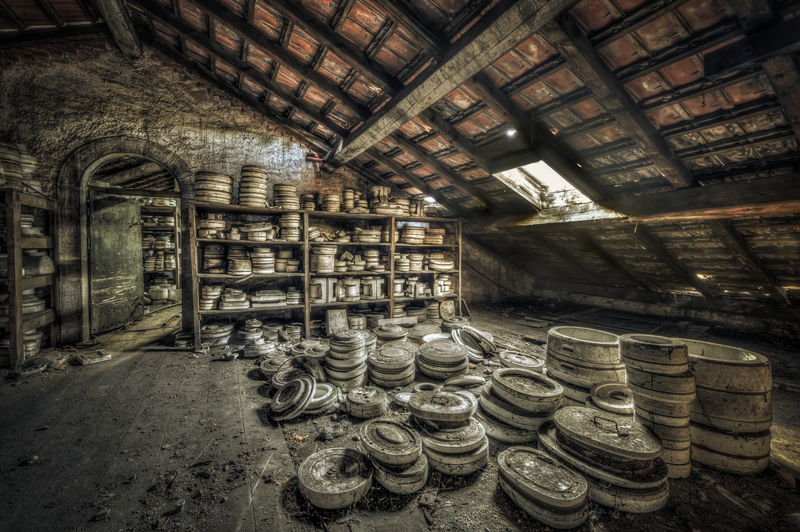Understanding Hot Water Extraction Cleaning
Posted on 24/07/2024
What is Hot Water Extraction Cleaning?
Hot water extraction cleaning is a popular method for cleaning carpets and upholstery. Commonly known as steam cleaning, this process involves spraying heated water along with cleaning agents onto the carpet. The combination of hot water and chemicals loosens dirt, grime, and allergens embedded within the fibers, which is then extracted using a powerful vacuum.

How Does Hot Water Extraction Work?
The process typically begins with a pre-treatment application to loosen stubborn stains and soil. After this, a highly pressurized jet of hot water mixed with a cleaning solution is sprayed onto the surface. This mixture penetrates deep into the fibers, breaking down dirt and contaminants.
The next step involves extraction, where a high-powered vacuum suctions out the water along with dislodged dirt and debris. The equipment may also come with rotating brushes to agitate the fibers, ensuring a more thorough clean.
The Equipment Involved
The key to effective hot water extraction lies in the equipment. Professional-grade machines offer high pressure and powerful suction, which are essential for deep cleaning. Portable units are available for residential use, while truck-mounted units provide more power and are suitable for large commercial spaces.
Benefits of Hot Water Extraction
This cleaning method provides multiple benefits, making it a preferred choice for many homeowners and commercial establishments. The use of hot water and cleaning agents ensures the elimination of germs and allergens, contributing to a healthier indoor environment. Additionally, hot water extraction can enhance the appearance of carpets and prolong their life by maintaining the integrity of the fibers.
Is It Suitable for All Types of Carpets?
While hot water extraction is generally safe for most carpets, some delicate materials may require alternative cleaning methods. It's always recommended to check the manufacturer's guidelines or consult a professional before proceeding with the cleaning.
Preparation and Aftercare Tips
Preparation is crucial for achieving the best results. Here are some tips:
- Vacuum Thoroughly: Remove as much loose dirt and debris as possible before the cleaning process begins.
- Move Furniture: Clear the area to ensure all sections of the carpet are accessible.
- Test Cleaning Solutions: It's always wise to test a small, inconspicuous area to verify the solution doesn't cause discoloration.
After cleaning, ensure proper ventilation to speed up the drying process. Avoid walking on the carpet until it is completely dry to prevent re-soiling.
Pros and Cons of Hot Water Extraction Cleaning
Pros:
- Deep Cleaning: Penetrates deep into carpet fibers to remove embedded dirt and allergens.
- Healthier Environment: Eliminates germs, mold, and allergens that may cause health issues.
- Prolongs Carpet Life: Helps maintain the structural integrity of carpet fibers, extending the lifespan.
Cons:
- Drying Time: Can take several hours to dry completely, during which the carpet may be vulnerable to re-soiling.
- Requires Specialized Equipment: High-powered machines can be costly and may require professional handling.
- Not Suitable for All Fabrics: Delicate carpets may get damaged if not handled correctly.

Takeaways
- Effective for Deep Cleaning: Ideal for removing deep-seated dirt and allergens.
- Health Benefits: Contributes to a cleaner, healthier indoor environment.
- Consult Professionals: Always seek expert advice, especially for delicate materials.
Conclusion
Hot water extraction cleaning remains a gold standard for carpet and upholstery maintenance. Its ability to deeply cleanse and sanitize makes it a top choice for both residential and commercial settings. While there are some downsides, such as drying time and the need for specialized equipment, the benefits far outweigh these drawbacks. Proper preparation and aftercare can further enhance the effectiveness of this method, ensuring your carpets stay clean and extend their lifespan.









